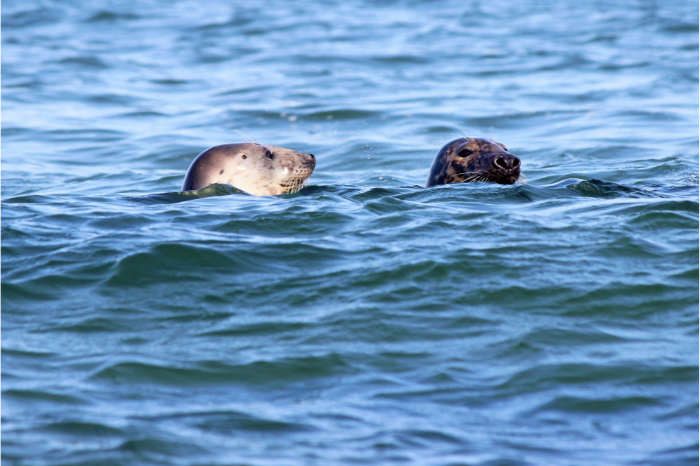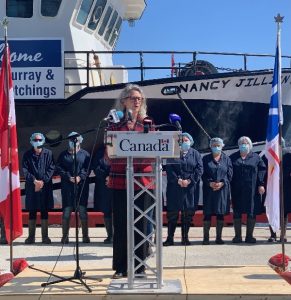
Seal Science Working Group Produces Report
The Atlantic Seal Science Working Group outlines gaps in Fisheries and Oceans Canada’s knowledge to accurately assess the impact of seal predation on fish stocks.
While the report states that the high numbers of grey and harp seals « are having a serious impact on the ocean ecosystem » in eastern Canada, it also concludes that the extent of the impact cannot be determined with the limited information held by the federal department.
The working group believes that additional data on the species’ feeding and migration patterns, among other things, must be compiled to support the department in its future management actions.
For Gil Thériault, this is yet another document that will have no real impact on the issues defended by hunters, who are calling for a thorough review of the laws surrounding the activity.
The director of the Intra-Quebec Sealers’ Association believes that more research is the equivalent of putting off political decisions until the Greek calendar.
Mr. Thériault adds that meanwhile, seal populations continue to grow and have a real impact on marine ecosystems and on the daily lives of fishermen.
On the other hand, the report considers that the federal government must see the species as a resource and support the development of new markets, which Minister Joyce Murray agreed with.

La ministre Murray lors de la conférence de presse à Corner Brooks (T-N-L)
Gil Thériault welcomes the idea, but reminds us that in order to do so, it is imperative that the supply of seals be facilitated for the hunters.
In addition, Minister Murray announced that a Seal Summit will be held in St. John’s, Newfoundland and Labrador this fall to bring together the relevant stakeholders in one setting, responding to one of the recommendations of the Working Group.
Fisheries and Oceans Canada estimated in 2017 that there are approximately 425,000 grey seals on the east coast of the country and, based on 2019 data, 7.6 million harp seals.





